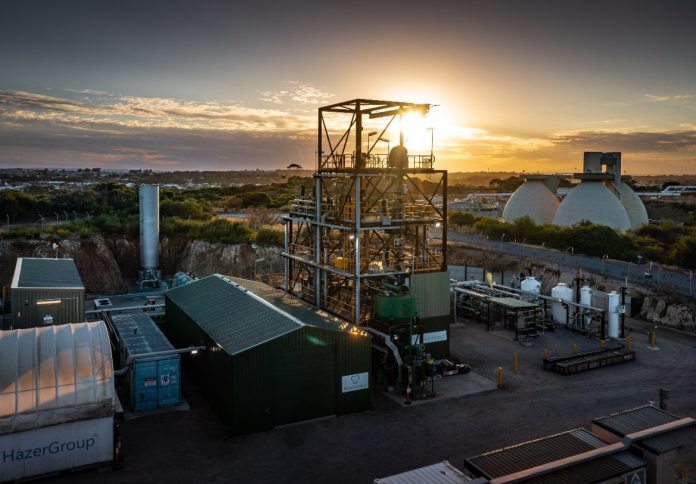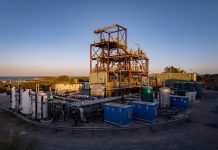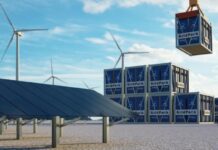
Hazer Group Ltd has announced it has secured more than $2 million in funding to support the next stage of its graphite commercialisation strategy, strengthening its collaboration with the University of Sydney under the Australian Research Council (ARC) Industry Fellowship scheme.
The Perth-based clean technology company said the funding package includes a $1.15 million cash contribution from the ARC.
The four-year fellowship is aimed at supporting research translation and commercial outcomes in partnership with industry.
In a statement released Monday, Hazer said the fellowship will extend its ongoing collaboration with Professor Yuan Chen, Director of the Advanced Carbon Materials Research Lab at the University of Sydney and Editor of Carbon, an international scientific journal.
Professor Chen’s team will continue its work on graphite characterisation and application development to support the company’s commercialisation efforts.
“Extending our collaboration with Professor Yuan Chen and the University of Sydney through the ARC Fellowship Program reinforces Hazer’s commitment to innovation and sustainable industrial solutions,” said Hazer CEO and Managing Director Glenn Corrie.
“Professor Yuan’s research has been invaluable to Hazer over many years and we are very pleased to extend this collaboration.”.
The research follows the successful completion of Hazer’s 2024 Commercial Demonstration Plant (CDP) test program, which produced large volumes of high-purity graphite using Hazer’s proprietary methane pyrolysis process.
The Hazer Process converts natural gas, LNG and similar feedstocks into low-emissions hydrogen and graphite, using iron ore as a catalyst.
Corrie described graphite as a “unique competitive advantage” of the company’s technology that supports diversified revenue streams and enhances project returns.
He said Hazer’s graphite and hydrogen products align with the steel industry’s transition to net-zero and that with partners Mitsui and KBR, the company is “poised to deliver low-cost, low-emission hydrogen and graphite at scale.”
According to Hazer, the global graphite market is experiencing strong growth driven by demand from electric vehicles, battery production, and clean energy technologies. Graphite is classified as a critical mineral by Australia, the United States and other economies due to its role in energy storage and other industrial applications.
The company pointed to China’s dominance in global graphite supply – over 80 per cent – and recent export restrictions as factors accelerating the push for domestic alternatives.
Hazer said it is positioned to address these supply chain vulnerabilities through localised, low-emissions graphite production.
It is currently working with Japanese trading house Mitsui to identify potential applications and offtake opportunities for Hazer graphite, which has shown promise across sectors including iron and steel manufacturing, thermal energy storage, water purification, infrastructure materials, and defence.
The company confirmed that Mitsui representatives recently visited the CDP facility in Perth to advance strategic collaboration discussions.



















